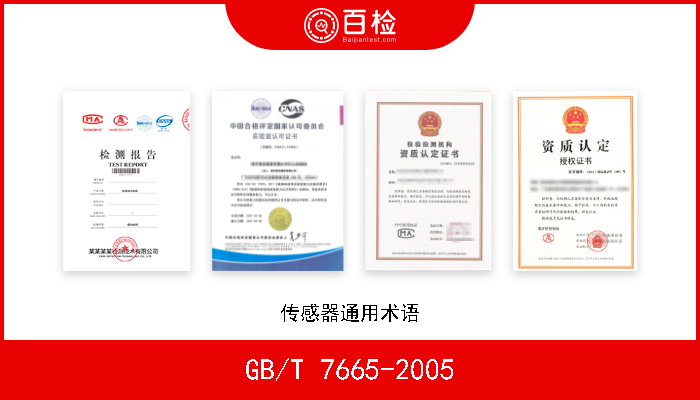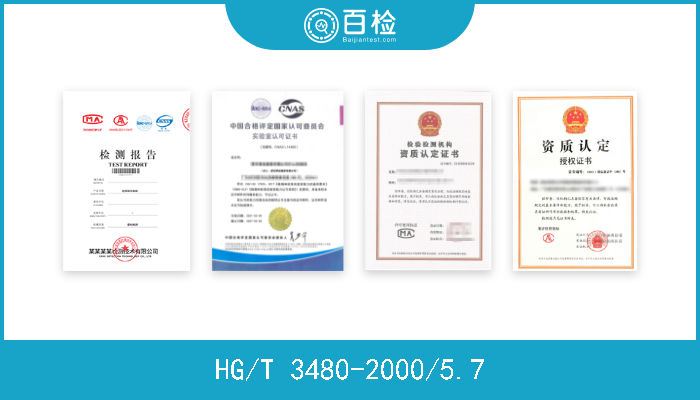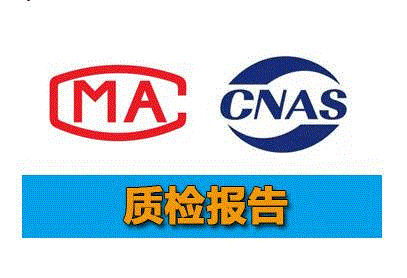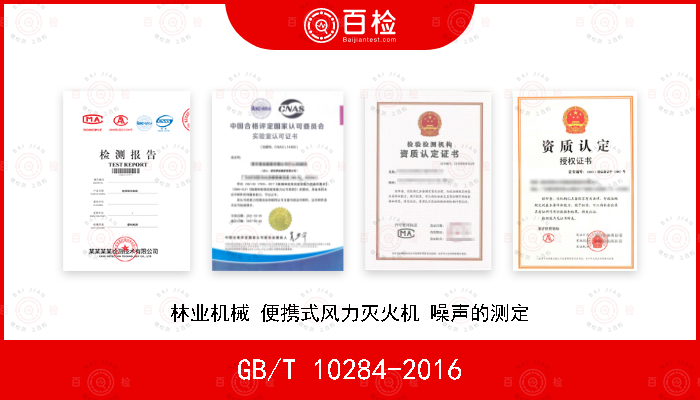BS EN ISO 18592-2009 电阻焊接.焊接破坏性试验.多点疲劳试验方法.焊接样本
百检网 2021-08-05
标准号:BS EN ISO 18592-2009
中文标准名称:电阻焊接.焊接破坏性试验.多点疲劳试验方法.焊接样本
英文标准名称:Resistance welding - Destructive testing of welds - Method for the fatigue testing of multispot- welded specimens
标准类型:J33
发布日期:2010/1/31 12:00:00
实施日期:2010/1/31 12:00:00
中国标准分类号:J33
国际标准分类号:25.160.40
引用标准:ISO 14273;ISO 14324;ISO 15609-5-2004
适用范围:This International Standard specifies test specimens and procedures for performing constant load amplitude fatigue tests on multi-spot-welded and multi-axial specimens in the thickness range from 0,5 mm to 5 mm at room temperature and a relative humidity of max. 80 %. The applicability of this International Standard to larger thicknesses can be limited by mechanical properties such as yield strength and formability of the specimen material. The thickness range for advanced high strength steels (AHSS) is generally below 3,0 mm.Greater thicknesses apply for aluminium alloys, for example. Depending on the specimen used, it is possible from the results to evaluate the fatigue behaviour of:a) spot welds subjected to defined uniform load distribution;b) spot welds subjected to defined non-uniform load distribution;c) spot welds subjected to different defined combinations of shear-, peel-and normal-tension loads; and d) the tested specimen.Multi-spot specimens with which the different load distributions can be realized are:1) defined uniform load distribution:i) H-specimens for shear- and peel-loading, (welds subjected to uniform shear or peel loadingtransverse to the joint line),ii) single- and double-hat specimens subjected to four-point bending (spot welds subjected touniform shear load in the direction of the row of welds),iii) double-disc specimen under torsion (spot welds subjected to uniform shear load),iv) double-disc specimen under tensile load (spot welds subjected to uniform peel load),v) double-disc specimen under combined torsion and tensile loading,vi) flat multi-spot specimens using defined grips;2) defined non-uniform load distribution:i) H-specimens with modified grips,ii) modified H-specimens with standard grips,iii) modified H-specimens with modified grips,iv) flat multi-spot specimens with modified grips,v) modified multi-spot flat specimens with standard grips,vi) modified multi-spot flat specimens with modified grips;3) defined combinations of shear-, peel- and normal-tension loads:i) the KS-2 specimen,ii) the double disc specimen;4) spot welds subjected to undefined non-uniform load distribution — single-hat, double-hat and similar closed hollow sections under torsion, 3-point bending and/or internal pressure.The specimens and tests referred to under 4) are not dealt with further in this International Standard, because the results obtained with these specimens are specific to the components as tested and may not be generalized or used for deriving data pertaining to the load-carrying behaviour of the welds. Results obtained with such tests are suitable for comparing the mechanical properties of the tested components with those of similar components tested in the same manner. These tests are, however, not suitable for evaluating or comparing the load-carrying properties of the welds.The test results of the fatigue tests obtained with component like specimens are suitable for deriving criteria for the selection of materials and thickness combinations for structures and components subjected to cyclic loading. This statement is especially relevant for results obtained with specimens with boundary conditions, i.e.a local stiffness similar to that of the structure in question. The results of a fatigue test are suitable for direct application to design only when the loading conditions in service and the stiffness of the design in the joint area are identical.NOTE Specimens are modified to take into consideration constraints or specific demands posed by design, e.g. smaller than standard overlap, smaller or larger than standard nugget diameter, and specific load distribution, thus enhancing the value of the test results for the design engineer.
中文标准名称:电阻焊接.焊接破坏性试验.多点疲劳试验方法.焊接样本
英文标准名称:Resistance welding - Destructive testing of welds - Method for the fatigue testing of multispot- welded specimens
标准类型:J33
发布日期:2010/1/31 12:00:00
实施日期:2010/1/31 12:00:00
中国标准分类号:J33
国际标准分类号:25.160.40
引用标准:ISO 14273;ISO 14324;ISO 15609-5-2004
适用范围:This International Standard specifies test specimens and procedures for performing constant load amplitude fatigue tests on multi-spot-welded and multi-axial specimens in the thickness range from 0,5 mm to 5 mm at room temperature and a relative humidity of max. 80 %. The applicability of this International Standard to larger thicknesses can be limited by mechanical properties such as yield strength and formability of the specimen material. The thickness range for advanced high strength steels (AHSS) is generally below 3,0 mm.Greater thicknesses apply for aluminium alloys, for example. Depending on the specimen used, it is possible from the results to evaluate the fatigue behaviour of:a) spot welds subjected to defined uniform load distribution;b) spot welds subjected to defined non-uniform load distribution;c) spot welds subjected to different defined combinations of shear-, peel-and normal-tension loads; and d) the tested specimen.Multi-spot specimens with which the different load distributions can be realized are:1) defined uniform load distribution:i) H-specimens for shear- and peel-loading, (welds subjected to uniform shear or peel loadingtransverse to the joint line),ii) single- and double-hat specimens subjected to four-point bending (spot welds subjected touniform shear load in the direction of the row of welds),iii) double-disc specimen under torsion (spot welds subjected to uniform shear load),iv) double-disc specimen under tensile load (spot welds subjected to uniform peel load),v) double-disc specimen under combined torsion and tensile loading,vi) flat multi-spot specimens using defined grips;2) defined non-uniform load distribution:i) H-specimens with modified grips,ii) modified H-specimens with standard grips,iii) modified H-specimens with modified grips,iv) flat multi-spot specimens with modified grips,v) modified multi-spot flat specimens with standard grips,vi) modified multi-spot flat specimens with modified grips;3) defined combinations of shear-, peel- and normal-tension loads:i) the KS-2 specimen,ii) the double disc specimen;4) spot welds subjected to undefined non-uniform load distribution — single-hat, double-hat and similar closed hollow sections under torsion, 3-point bending and/or internal pressure.The specimens and tests referred to under 4) are not dealt with further in this International Standard, because the results obtained with these specimens are specific to the components as tested and may not be generalized or used for deriving data pertaining to the load-carrying behaviour of the welds. Results obtained with such tests are suitable for comparing the mechanical properties of the tested components with those of similar components tested in the same manner. These tests are, however, not suitable for evaluating or comparing the load-carrying properties of the welds.The test results of the fatigue tests obtained with component like specimens are suitable for deriving criteria for the selection of materials and thickness combinations for structures and components subjected to cyclic loading. This statement is especially relevant for results obtained with specimens with boundary conditions, i.e.a local stiffness similar to that of the structure in question. The results of a fatigue test are suitable for direct application to design only when the loading conditions in service and the stiffness of the design in the joint area are identical.NOTE Specimens are modified to take into consideration constraints or specific demands posed by design, e.g. smaller than standard overlap, smaller or larger than standard nugget diameter, and specific load distribution, thus enhancing the value of the test results for the design engineer.
百检能给您带来哪些改变?
1、检测行业全覆盖,满足不同的检测;
2、实验室全覆盖,就近分配本地化检测;
3、工程师一对一服务,让检测更精准;
4、免费初检,初检不收取检测费用;
5、自助下单 快递免费上门取样;
6、周期短,费用低,服务周到;
7、拥有CMA、CNAS、CAL等权威资质;
8、检测报告权威有效、中国通用;
客户案例展示
相关商品
版权与免责声明
①本网注名来源于“互联网”的所有作品,版权归原作者或者来源机构所有,如果有涉及作品内容、版权等问题,请在作品发表之日起一个月内与本网联系,联系邮箱service@baijiantest.com,否则视为默认百检网有权进行转载。
②本网注名来源于“百检网”的所有作品,版权归百检网所有,未经本网授权不得转载、摘编或利用其它方式使用。想要转载本网作品,请联系:service@baijiantest.com。已获本网授权的作品,应在授权范围内使用,并注明"来源:百检网"。违者本网将追究相关法律责任。
③本网所载作品仅代表作者独立观点,不代表百检立场,用户需作出独立判断,如有异议或投诉,请联系service@baijiantest.com
最新资讯

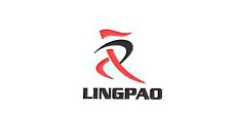
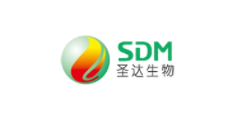
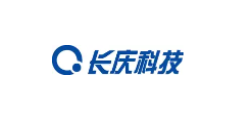
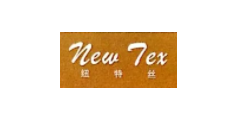
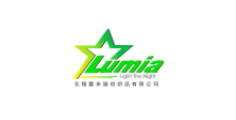
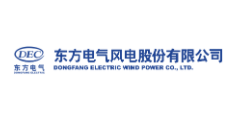

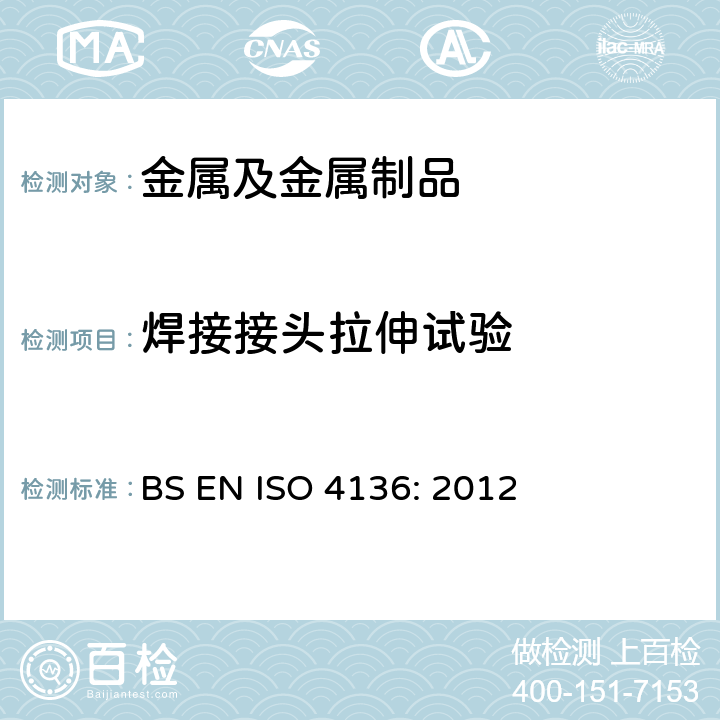
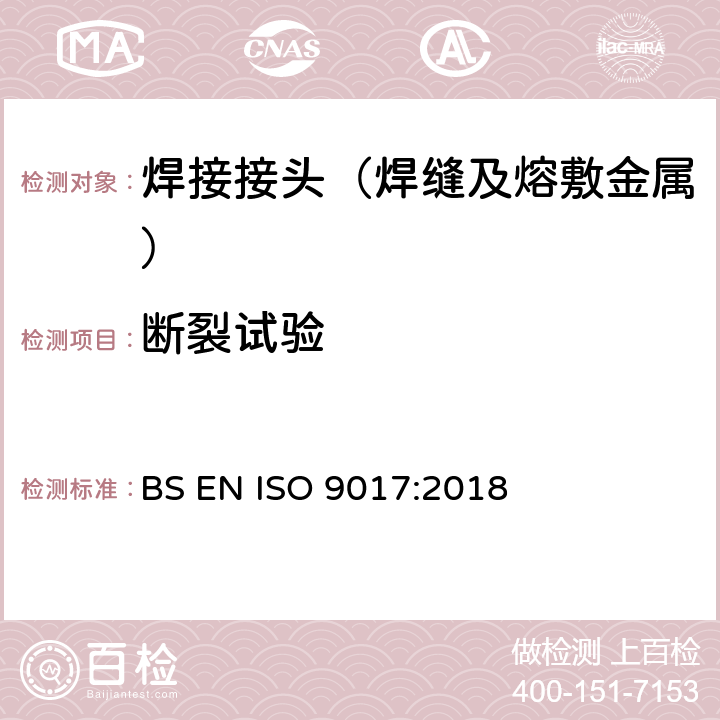
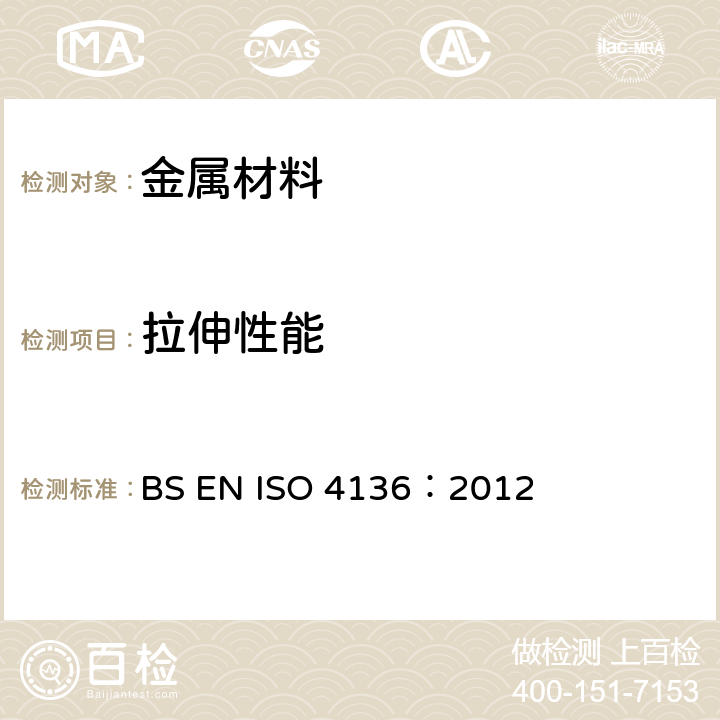
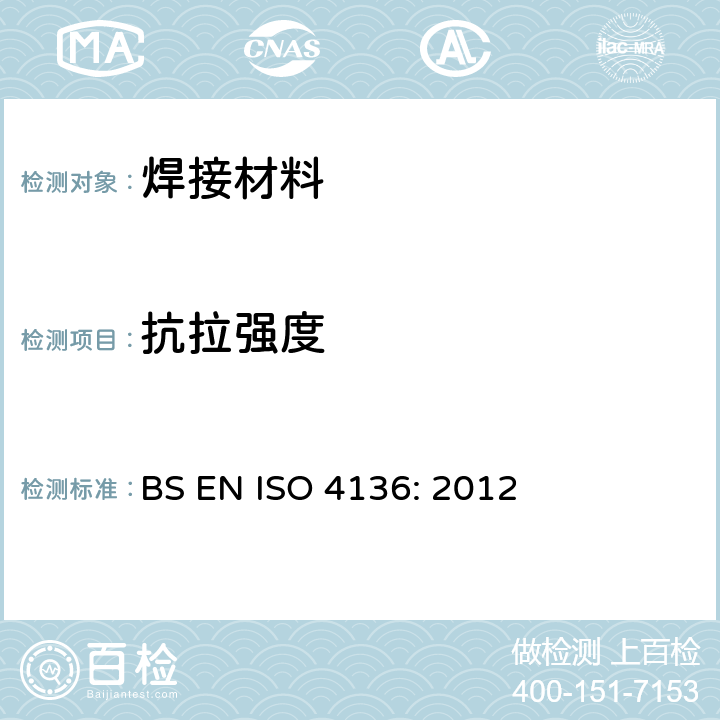
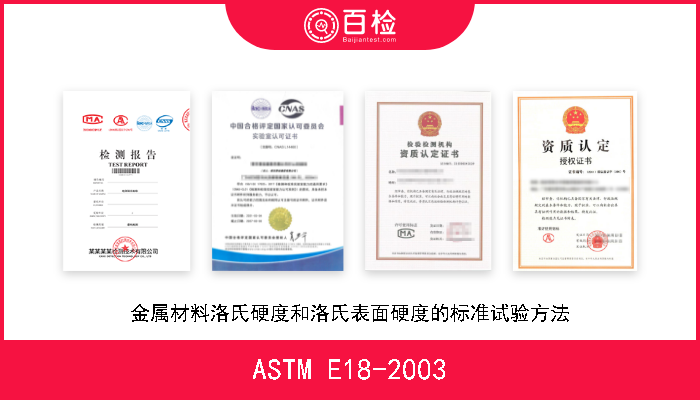

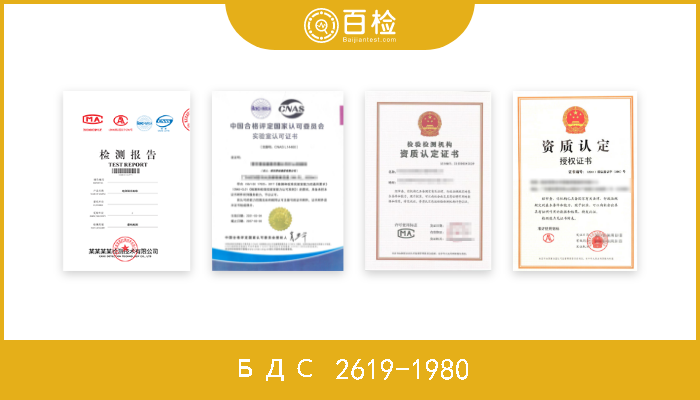
.png)

